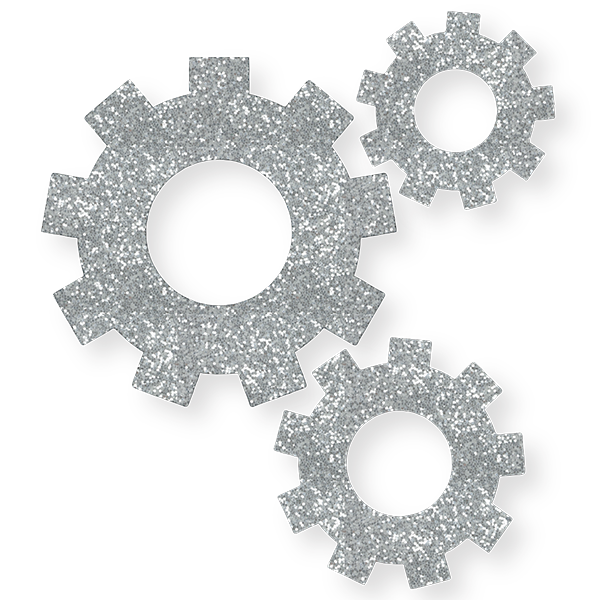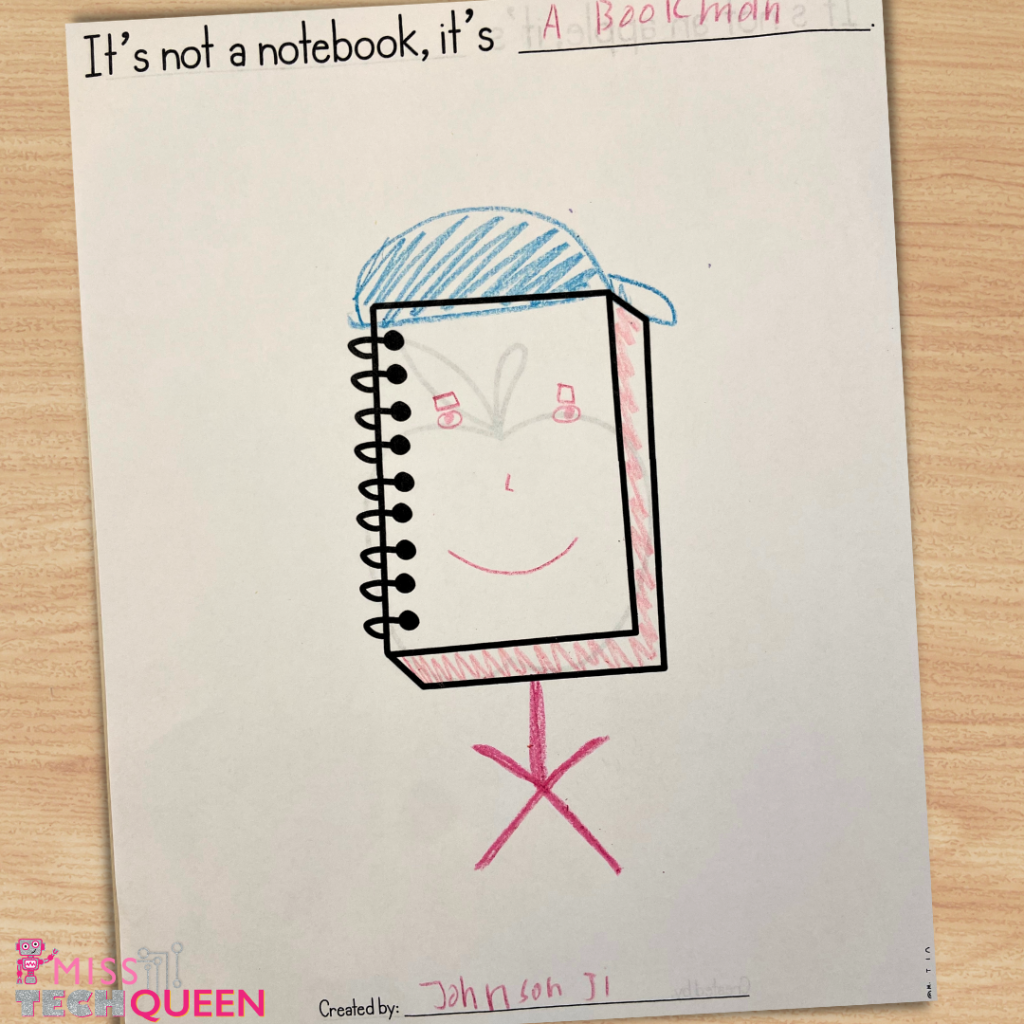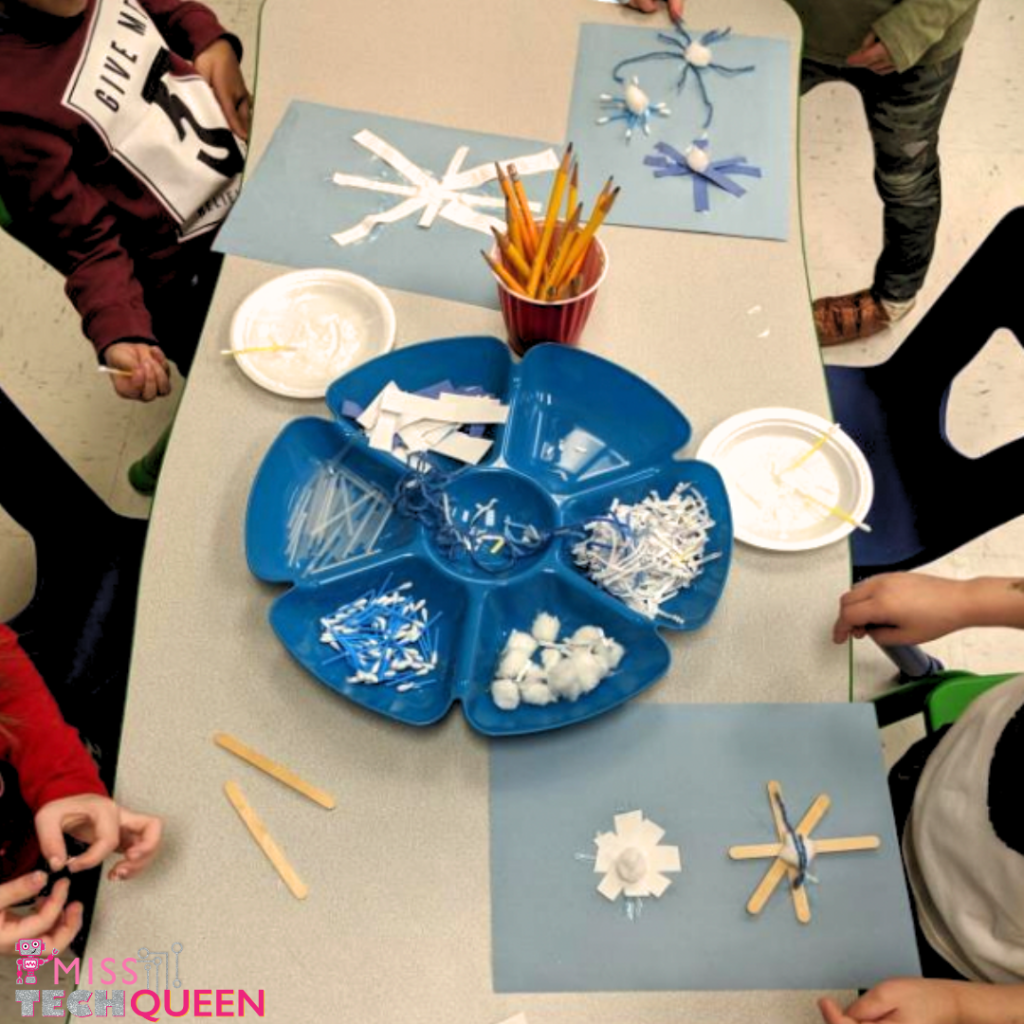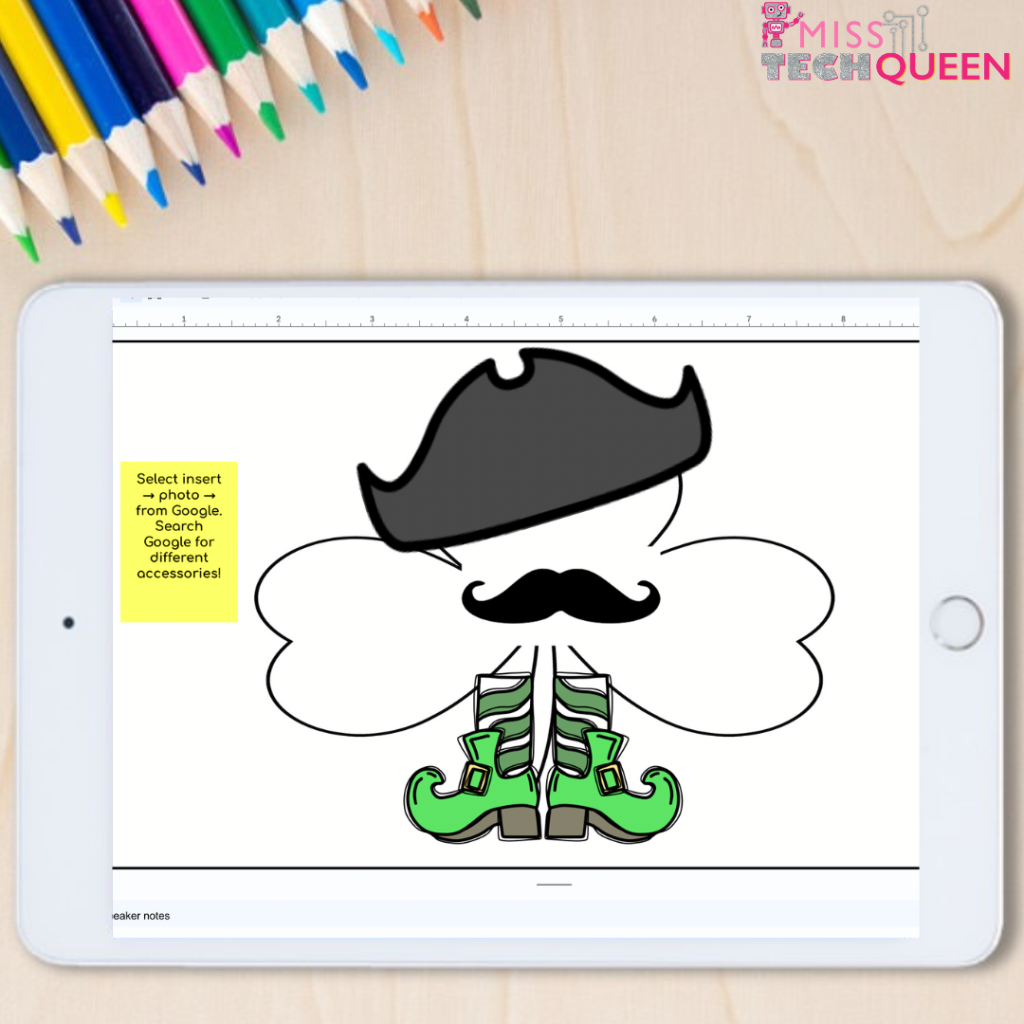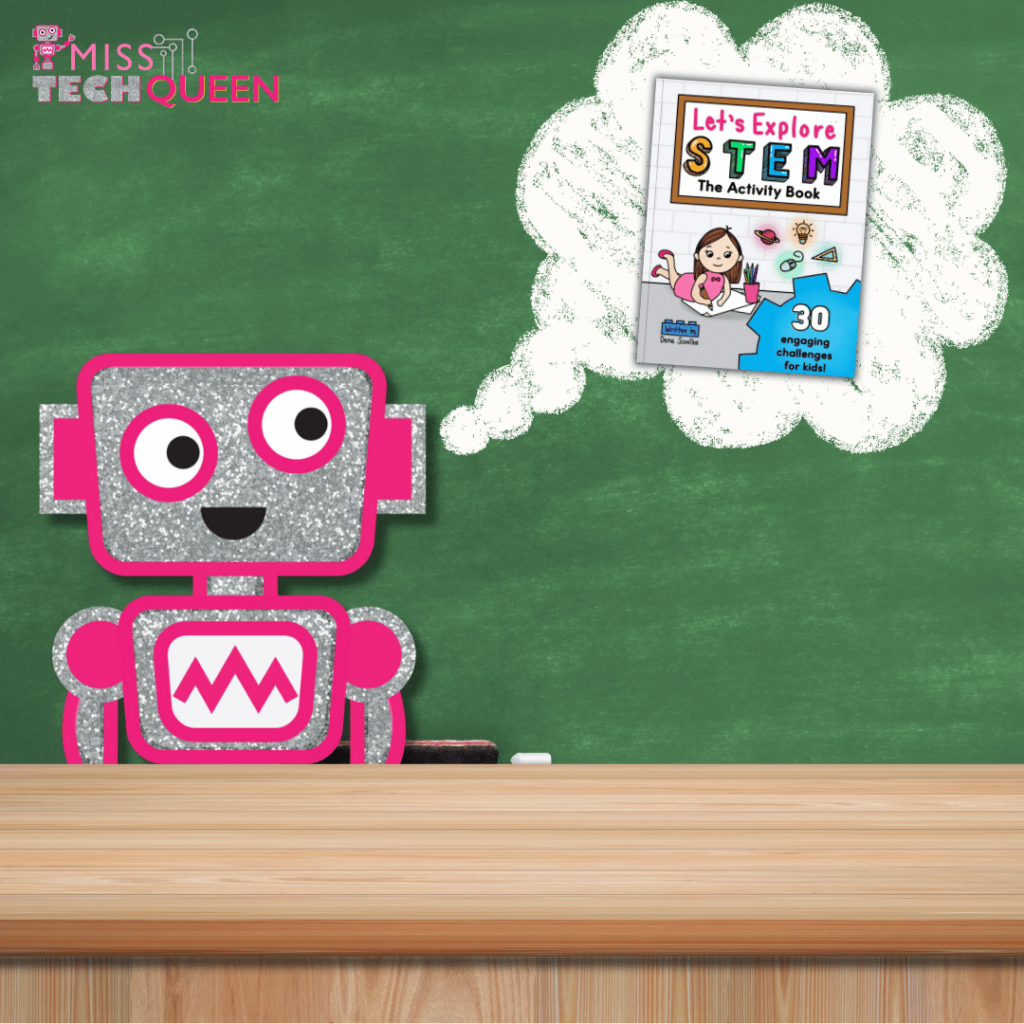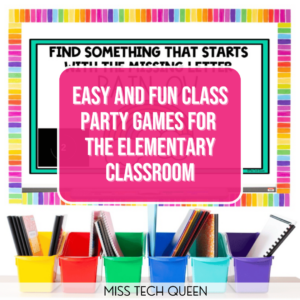
Shifting From STEM to STEAM in the Classroom
Our students have come a long way from memorizing facts and answering questions by filling in bubbles to show learning over the past few decades. In fact, in today’s classroom, learning from the process is just as, if not more important, than the outcome. So, when I started to think about how amazing it was to use STEM in my teaching, I also started to wonder how I could expand on it. That’s where the addition of one little letter comes in. Shifting from STEM to STEAM in the classroom means I’m adding one very important addition to how my students approach challenges. Art! Adding the “A” for arts means my STEAM projects can promote innovative thinking. I am so excited to show you how you can start shifting from STEM to STEAM learning in your classroom with fun and simple STEAM projects you and your students will love.

Why Should I be Shifting From STEM to STEAM in the Classroom?
If you are already using STEM in your classroom, you are probably thinking, “STEM is already amazing! What benefits could adding art have?” While STEM is incredible and helps focus on logical reasoning and analytical skills, adding art means you are also able to focus on creativity, expression, and holistic problem-solving.
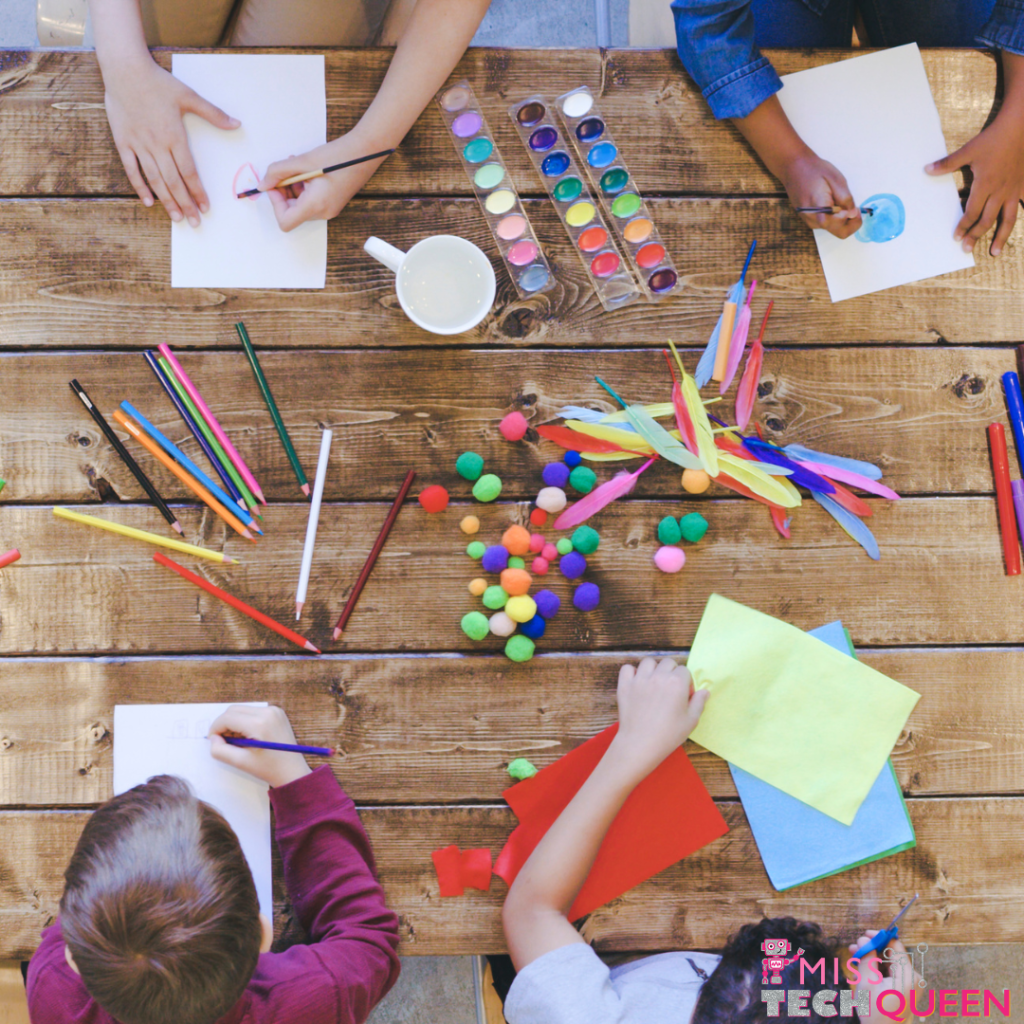
Shifting from STEM to STEAM in the classroom means you will have a more well-rounded project for your students. Using STEAM helps students access both their analytical and imaginative brains. STEAM brings out artistic and creative thinking and helps students solve real-world problems.
When you incorporate the arts into STEM you also naturally enhance student engagement. Kids love being creative, messy, and hands-on builders. And, as you already know, kiddos learn in different ways. You can probably think of a handful of your students who would rather work on creative art projects than anything that has to do with math or science. Because of this, using STEAM projects means those students will have just as much buy-in and excitement as other students.
Shifting From STEM to STEAM in a Few Simple Steps
1. Understand the Principles of STEAM
Take time to explore the principles of STEAM education. It’s about integrating arts in ways that enhance the learning process, not just adding creative elements as an afterthought. The core principle of STEAM is the inclusion of the arts in your STEM projects. This doesn’t have to be just visual arts either. It can also include music, theater, dance, and literature.

Creativity and innovation are also important principles of STEAM education. STEAM emphasizes creative thinking, or as I always say, “Thinking outside the box!” It’s a great way to get your students to find solutions to problems in unconventional ways.
A few more important principles of STEAM include:
- Hands-on learning
- Collaboration
- Communication
- Engagement and motivation
- Cultural and global awareness
- Adaptability and resilience
Incorporating these principles as you are shifting from STEM to STEAM in the classroom means more engagement and creativity from your students in the long run.
2. Think About Ways You Can Make Cross-Curricular Connections
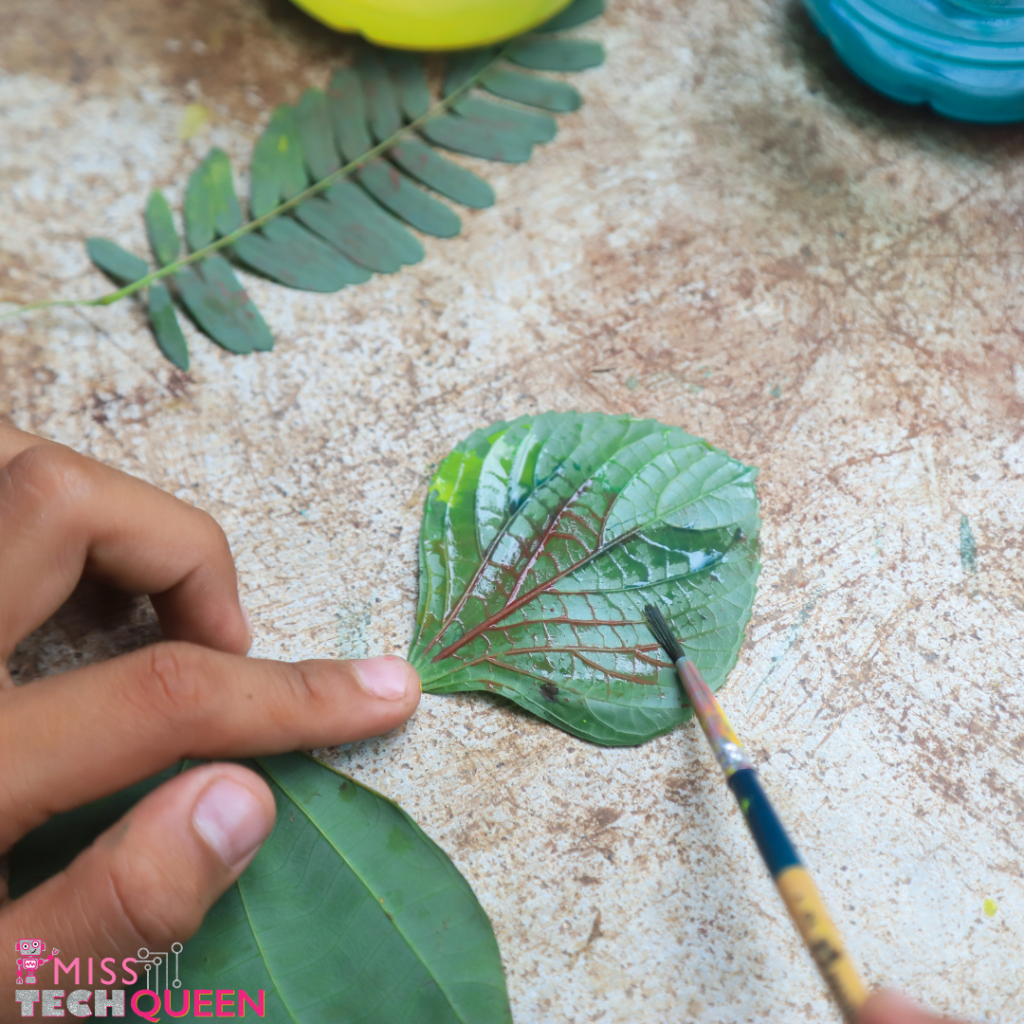
Brainstorm how art can naturally intersect with your existing STEM curriculum.
For example, your students can explore historical and cultural contexts of scientific discoveries and technological innovations to make cross-curricular connections with social studies.
Art can also be incorporated into biology through scientific illustration or in math through geometric designs. By making these cross-curricular connections, STEAM projects offer students a broader understanding of the skills being taught.
3. Start Small
An easy way to start shifting from STEM to STEAM is by adding artistic elements to existing STEM projects. This can be as easy as adding in a craftivity, asking students to illustrate their ideas as they are brainstorming, or even completing a creative writing piece describing an invention.
Continue to gradually add more artistic elements and activities to your STEM projects little by little. As you and your students gain confidence, you will be able to design projects that require students to think critically, create, and innovate with ease.
4. Showcase and Celebrate STEAM Projects
While STEM and STEAM learning are more about the process than the product, it’s still pretty awesome to allow your students to show off their learning.
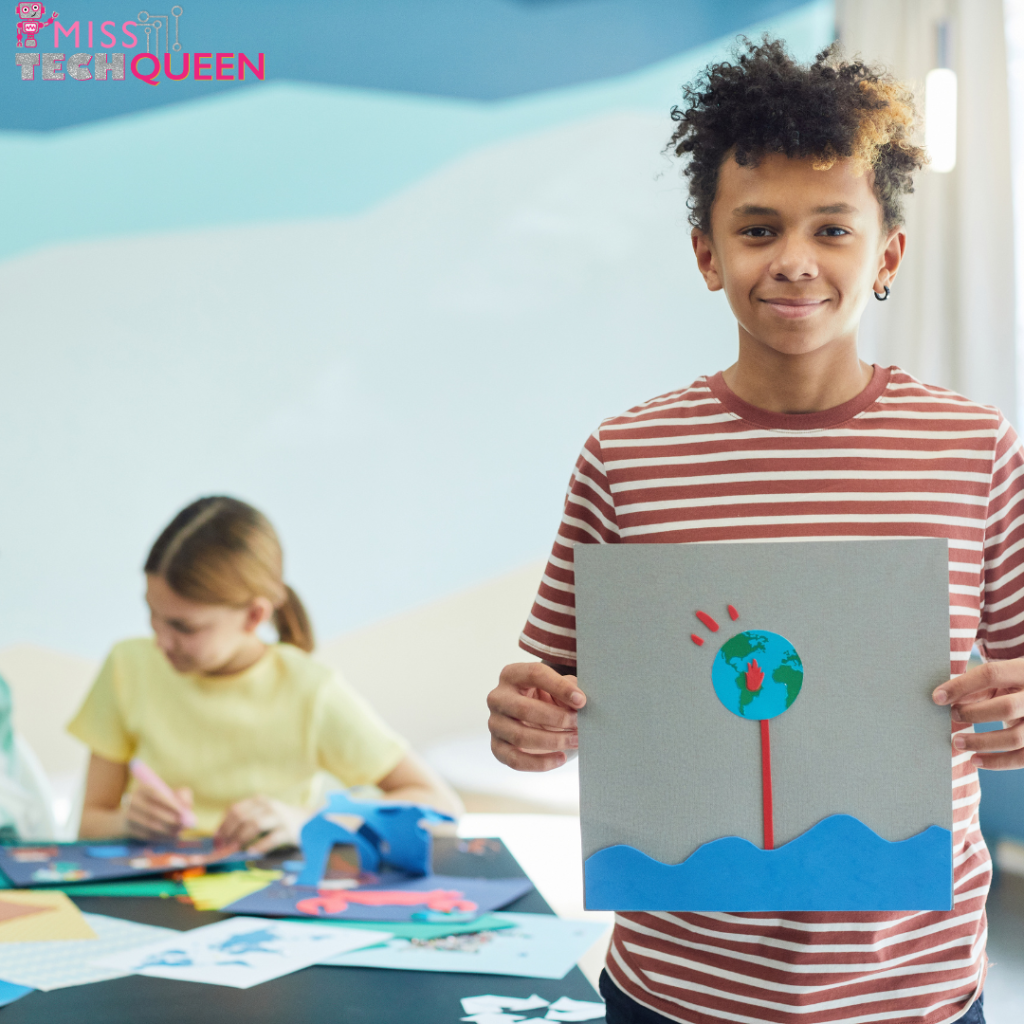
One of my favorite ways to show off our STEAM projects is with a school gallery set-up. This can be done in the library, cafeteria, hallways, or even the front office.
Ask your students to write a description of the process they went through to create their project. Or better yet, invite another class or even parents to come in and view the projects while students talk about their challenges and successes.
This helps your students build confidence and instills in them a sense of accomplishment.
Projects to Get You Started Using STEAM in the Classroom
Now that you know all about the amazing benefits of shifting from STEM to STEAM learning in your classroom, are you ready to get started? Here are some of my favorite STEAM projects I have used in my classroom and how to use them.
1. School Disguises
This is one of my favorite projects to kick off the school year. All of our students, no matter what grade they are in, are familiar with the basic school supplies. But, to keep them thinking creatively, I use this fun School Disguise activity. And, to hit the “A” in STEAM, your kiddos will use art and creative writing to complete this activity.
I start by reading If You Take a Mouse to School because this is a great way to show off a lot of the supplies your students will be using in this project. Then, it’s time to set the stage for the challenge. I let my students know that they are going to try to disguise a school supply by turning it into something completely different – like an animal, person, vehicle, or character. If I think my younger students aren’t quite familiar with the concept of a disguise, I might show some images of kids in disguise or bring in props of my own.
Next, I pass out task cards. These task cards are all different and include prompts like “Create a disguise for the pencil” or “Create a disguise for the notebook”. These include images of the supplies so students will have a starting point for their image.
For my younger students, I pass out printed pages that already have the school supplies on them. Then, it’s up to the students to add the disguise to the drawing.
Lesson Wrap-Up
To wrap up the activity, I ask students to write a small story about their new design. Maybe this supply is used by a magician and has magical powers. Maybe the person using the supplies has to hide them. Whatever the case may be, you will be thrilled with the creative ideas your students come up with.
I have done this as both an individual and group activity in the past. Either way, this is a fantastic STEAM project your students are going to love!
2. Winter Tinker Tray Art and Creative Writing Challenge
I love using tinker trays in my classroom. They are a way to keep lots of random supplies organized on tables or desks for students to use to complete a challenge. And the best part is, the supplies can be different for each group.
For the Winter Tinker Tray Art and Creative Writing Challenge, I ask students to create symmetrical snowflakes or snowmen using the supplies available in their tinker trays.
You can start by teaching a mini-workshop on symmetry, discussing shapes and patterns, or even reading a fun book about snowflakes or snowmen. Using both the workshop and book means you can focus on math and ELA in this STEAM activity.
Now it’s time to get crafty! Using only the supplies included in the tinker tray your students will either build a snowman or a symmetrical snowflake. I just love watching the creativity of my students shine during this activity. And, every single one of the designs will look different. That means at the end of the project you can have your students talk to each other about their designs. They can explain why they chose to use specific materials in their designs and what worked and what didn’t.
You can even use this STEAM challenge as part of a winter center activity, on indoor recess days, or as a fun game during your winter party!
3. Design a Shamrock Art and Creative Writing Challenge
This fantastic project starts with a simple shape most kids already know, a shamrock. But, the challenge here is to disguise the shamrock. Similar to the Supplies Disguise project, your students will be finding creative and clever ways to turn their shamrocks into something else with the Disguise a Shamrock STEAM Challenge.
Another fun twist would be to include this in your catch a leprechaun activity. You can tell your students they need to disguise the shamrocks so the leprechaun has a hard time finding them. That way, he will have to hang out in the room a little longer and hopefully get stuck in a trap.
In addition to art, math, and writing, you can also ask students to complete this activity digitally. By completing this STEAM challenge using Google Slides, your students will be practicing how to add, resize, rotate, and manipulate digital images. And that means improving and increasing their mouse skills. They will also get lots of valuable experience with using different tools, like the shape and line tools, to disguise their shamrocks.
And, when you ask your students to complete the creative writing prompt at the end of the challenge, they are also practicing their typing skills. This disguise a shamrock STEAM challenge has it all!
A Successful Shift From STEM to STEAM in the Classroom
Shifting from STEM to STEAM in the classroom will surely be an amazing journey for you and your students. You are already on your way to fostering more creativity, critical thinking, and collaborative skills in your classroom this year. Integrating the arts into STEM subjects empowers students to approach challenges creatively, preparing them for success in an ever-evolving world.
Continue making STEM creative and engaging throughout the year with my Let’s Explore STEM Activity Workbook! This interactive workbook features 30 challenges for your kids to write and design their creations. Every month has seasonal challenges, so there’s always something fun to explore!
New to STEM? Check out this blog post for tons of helpful tips to get you started this year!
Save these Ideas for Using STEAM in the Classroom
Be sure to save these ideas to your favorite STEM or STEM Pinterest board today!

Share it:
- Read more about: STEAM, STEM, Tips for Teachers
